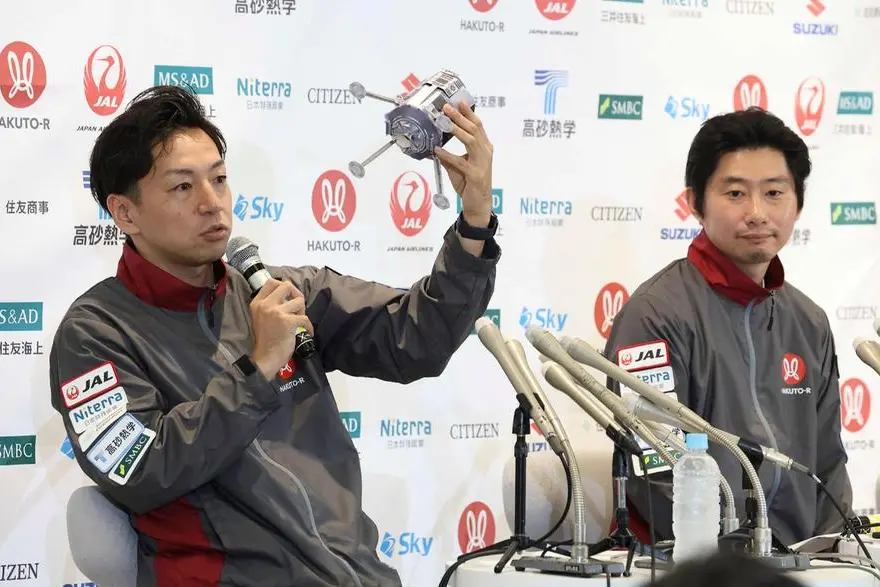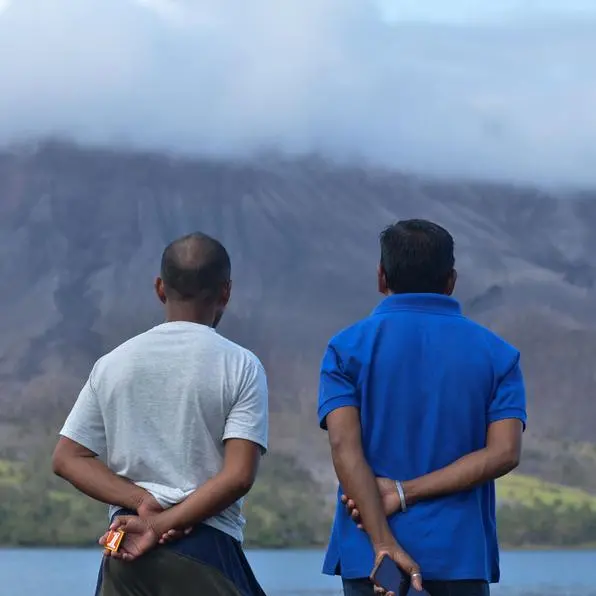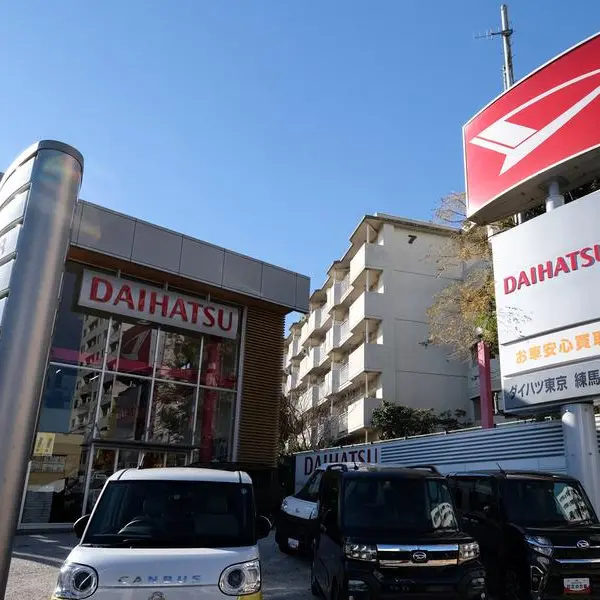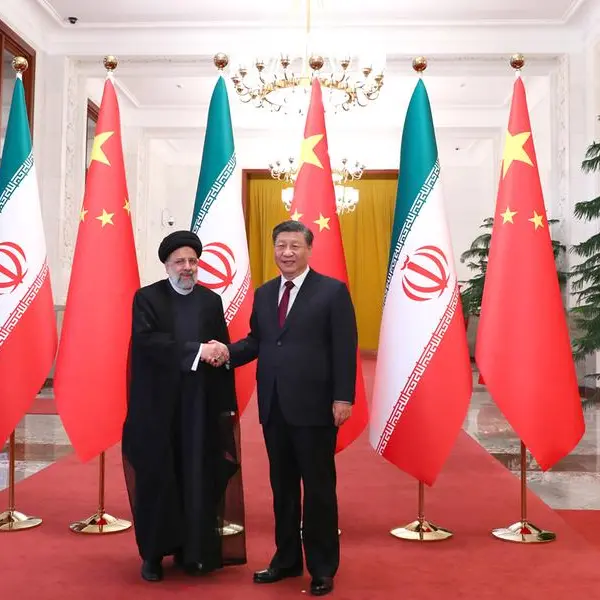PHOTO
Japanese start-up ispace conceded Wednesday its ambitious attempt to become the first private company to land on the Moon had failed but pledged to move ahead with new missions.
The unmanned Hakuto-R Mission 1 lander had been scheduled to arrive on the Moon's surface overnight but communications were lost during its descent and had still not been reestablished 25 minutes after the scheduled landing.
"It has been determined that there is a high probability that the lander eventually made a hard landing on the Moon's surface," ispace said in a statement.
The company said its engineers were working to establish why the landing had failed.
"Although we do not expect to complete the lunar landing at this time, we believe that we have fully accomplished the significance of this mission, having acquired a great deal of data and experience," ispace CEO and founder Takeshi Hakamada said.
"What is important is to feed this knowledge and learning back to Mission 2 and beyond," he said.
Hakamada said the firm is developing two further attempts to land on the lunar surface and the setback would not change that.
Still, the apparent crash marks a frustrating end to a mission that began with the lander's launch last December aboard a SpaceX Falcon 9 rocket.
The vessel was carrying payloads from several countries, including a lunar rover from the United Arab Emirates.
Chief technology officer Ryo Ujiie became emotional as he addressed reporters, describing the attempt as a "very precious experience".
- Pioneering private space effort-
Standing just over two metres (6.5 feet) tall and weighing 340 kilograms (750 pounds), the lander entered lunar orbit last month.
Its descent and landing were fully automated and the craft was supposed to reestablish communication as soon as it touched down.
So far, only the United States, Russia and China have managed to put a spacecraft on the lunar surface, all through government-sponsored programmes.
In April 2019, Israeli organisation SpaceIL watched its lander crash into the Moon's surface.
India's attempt to land a spacecraft on the moon in 2016 also ended in a crash.
Two US companies, Astrobotic and Intuitive Machines, are scheduled to attempt Moon landings later this year.
"We congratulate the ispace inc team on accomplishing a significant number of milestones on their way to today's landing attempt," Astrobotic said in a tweet.
"We hope everyone recognises -- today is not the day to shy away from pursuing the lunar frontier, but a chance to learn from adversity and push forward."
- Plans for settling the Moon -
Ispace, which listed its shares on the Tokyo Stock Exchange Growth Market this month, was already planning its next mission before the failure of Hakuto-R.
The spacecraft, whose name refers to the Moon-dwelling white rabbit of Japanese folklore, was launched from Cape Canaveral, Florida, on December 11.
The lander carried several lunar rovers, including a round, baseball-sized robot jointly developed by Japan's space agency and toy manufacturer Takara Tomy, the creator of the Transformer toys.
It also had the 10-kilogram (22-pound) chair-sized Rashid rover developed by the United Arab Emirates and an experimental imaging system from Canadensys Aerospace.
The UAE'S space centre praised ispace for working "tirelessly" on the mission and said its team was "inspired and believes that greater accomplishments are yet to come in our pursuit of space exploration".
With just 200 employees, ispace has said it "aims to extend the sphere of human life into space and create a sustainable world by providing high-frequency, low-cost transportation services to the Moon".
Hakamada touted the mission as laying "the groundwork for unleashing the Moon's potential and transforming it into a robust and vibrant economic system".
The firm believes the Moon will support a population of 1,000 people by 2040, with 10,000 more visiting each year.
It plans a second mission, tentatively scheduled for next year, involving both a lunar landing and the deployment of its own rover.












